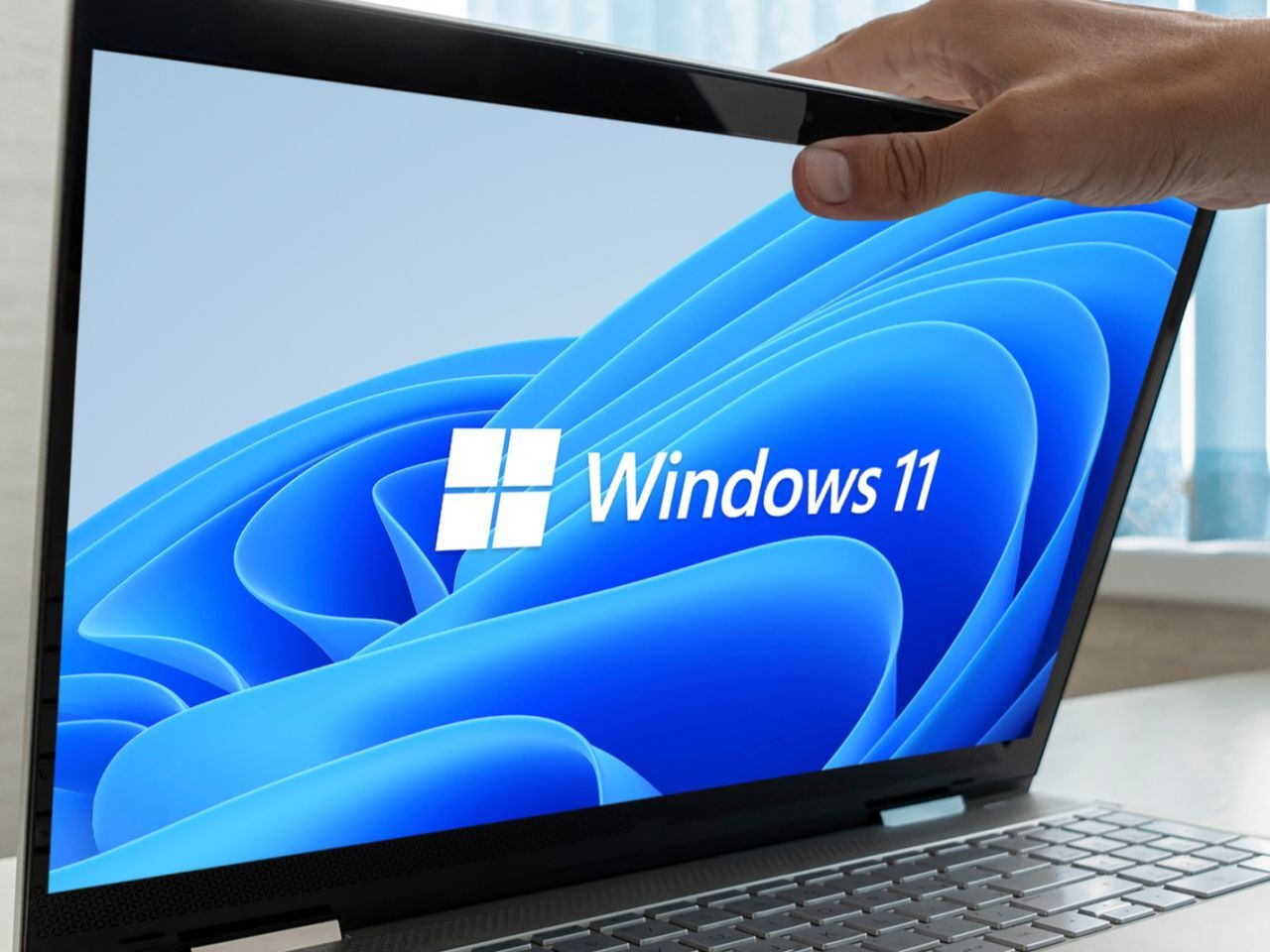
How Much Does a Windows 11 License Cost for Small Businesses?
In the rapidly evolving world of education, technology plays a crucial part in shaping how students learn. With the introduction the new feature How much is Windows 11 , educational institutions have to consider new factors regarding budget allocations. This article focuses on the cost consequences of implementing Windows 11 in educational settings, helping institutions make an informed decision about the upgrade of their systems.
The True Cost of Transitioning to Windows 11
In many schools the financial cost involved with upgrading to Windows 11 is significant. Besides the initial acquisition of software licenses, schools could have to think about the possibility of upgrading their hardware. Windows 11 has specific system specifications that may require investment in new equipment or upgrading existing ones. Institutions should conduct an extensive assessment of their current technology infrastructure to evaluate the total cost of migration.
Another factor to think about is the possibility of personnel training. The transition to a brand new operating system often requires staff to become familiar with new features and functionalities. It can result in additional costs related to training programs and other resources. However the costs could be reduced by using tutorials online and other resources offered by Microsoft, which can streamline the learning curve for teachers as well as IT personnel.
Balancing Costs through Enhanced Educational Opportunities
In spite of the initial cost and initial costs, the advantages from Windows 11 for schools are a lot. It offers improved security features, improved performance, as well as a more friendly user interface. These features can lead to an efficient and productive learning environment. For instance, the upgraded security features help safeguard sensitive student information from cyber-attacks, and the user-friendly interface allows teachers to concentrate on teaching and not troubleshooting technical issues.
Furthermore, Windows 11 supports a broad range of educational tools and applications that can enrich classroom experiences. Through the use of these tools, educators can create engaging lesson plans that cater to different learning styles, ultimately improving student outcomes. Therefore, while the initial investment may seem daunting, the long-term benefits of increased educational opportunities are more than worth the expense.
Strategic Planning for Cost-Effective Implementation
To reap the maximum benefits from moving to Windows 11, educational institutions must adopt a strategic method of the implementation. A thorough cost-benefit assessment can assist in determining the most economical path forward. Some institutions may opt for an accelerated rollout, beginning with a pilot program in order to evaluate the effects and resolve any issues prior to a full-scale deployment.
In addition, institutions can consider partnerships with technology providers and leverage educational discounts that are offered by Microsoft to cut expenses. Through collaboration with other stakeholders and prioritizing budget allocations schools can make sure that there is an easy move from Windows 10 to Windows 11 without impacting the quality of education.
In conclusion, while the cost of adopting Windows 11 for educational institutions has many aspects to consider but the potential for better education outcomes makes it a worthwhile investment. Through careful planning and smart budgeting, schools can harness the potential to the full potential of Windows 11 in order to build dynamic and safe learning environments that will benefit both students and teachers.